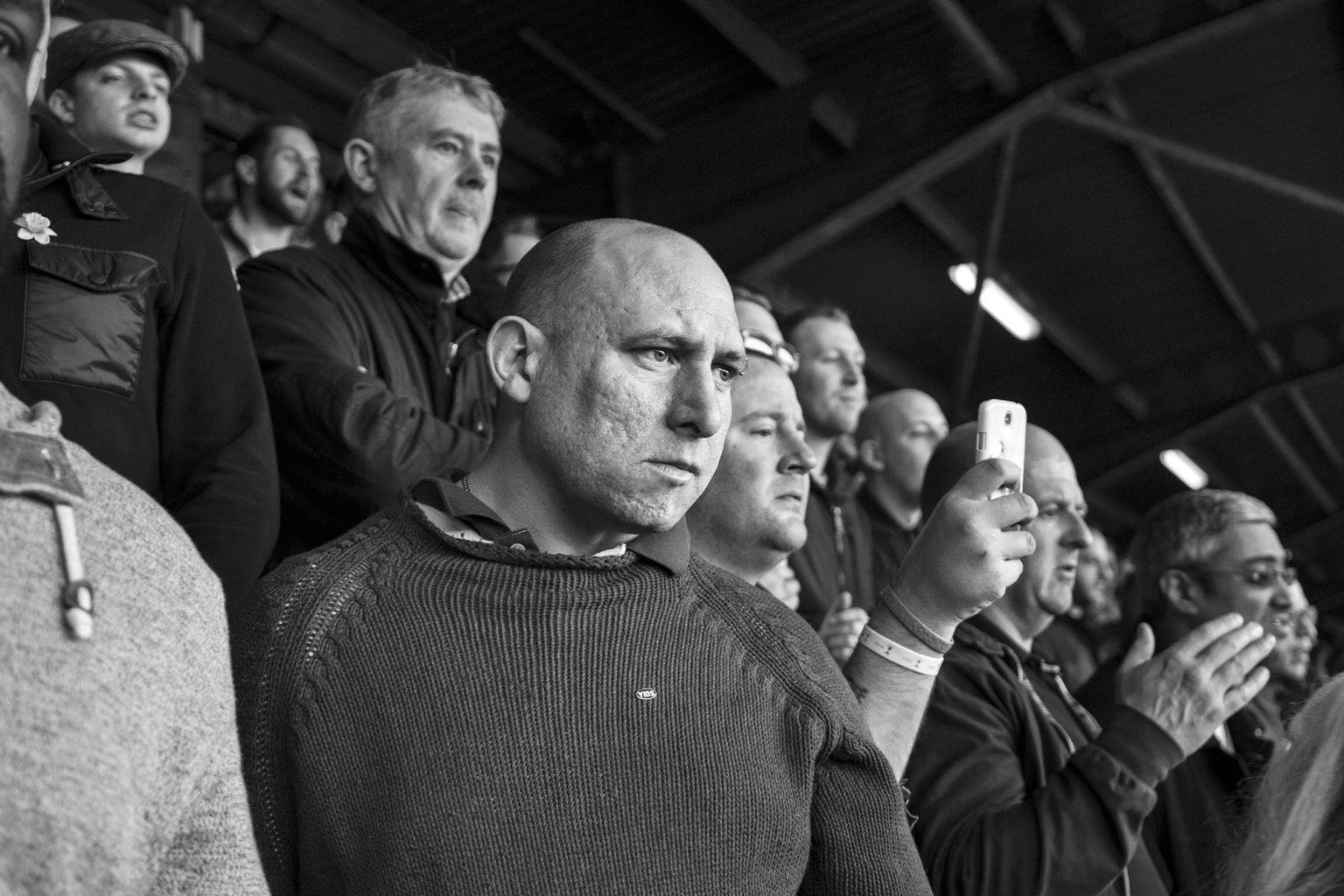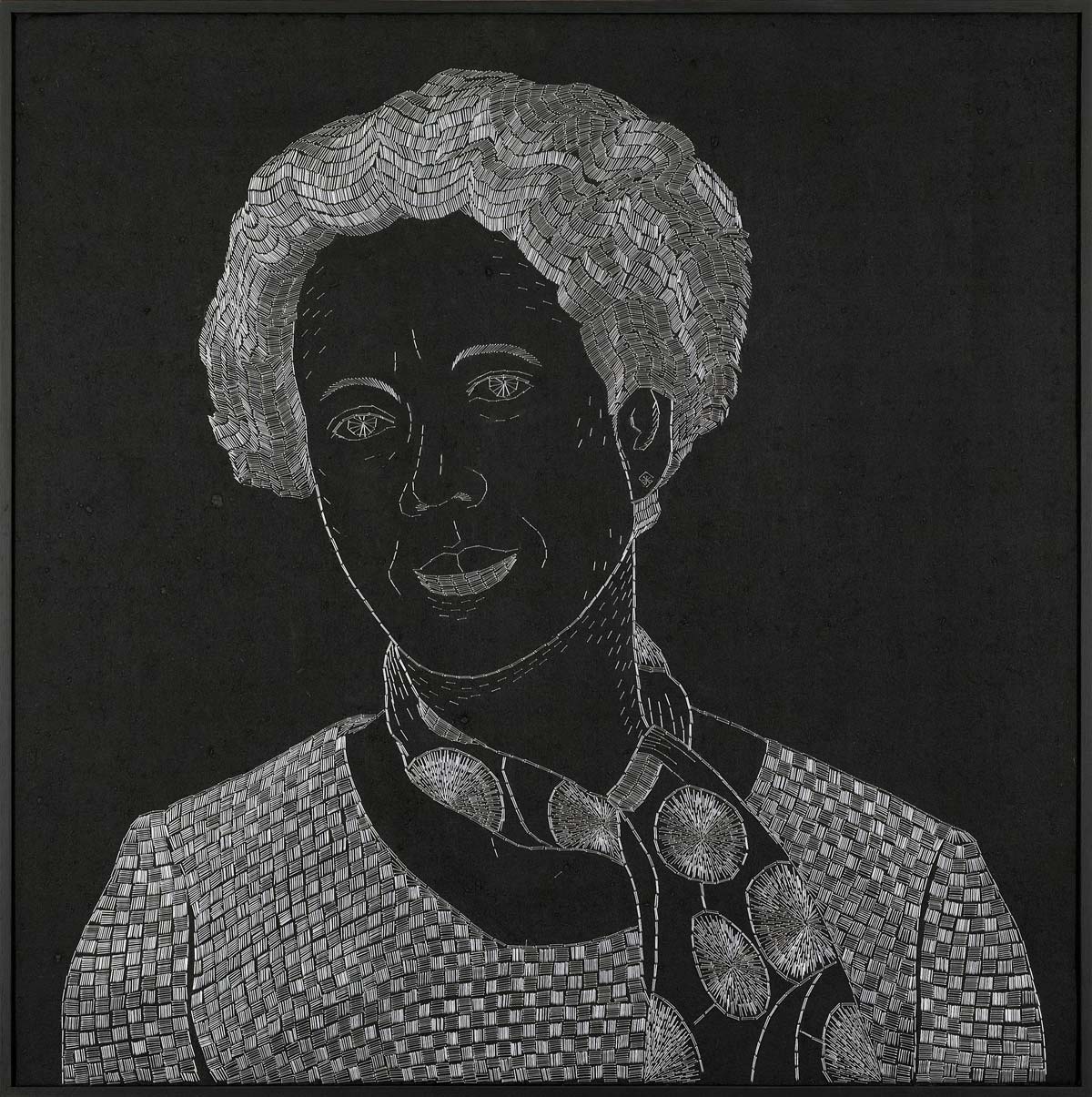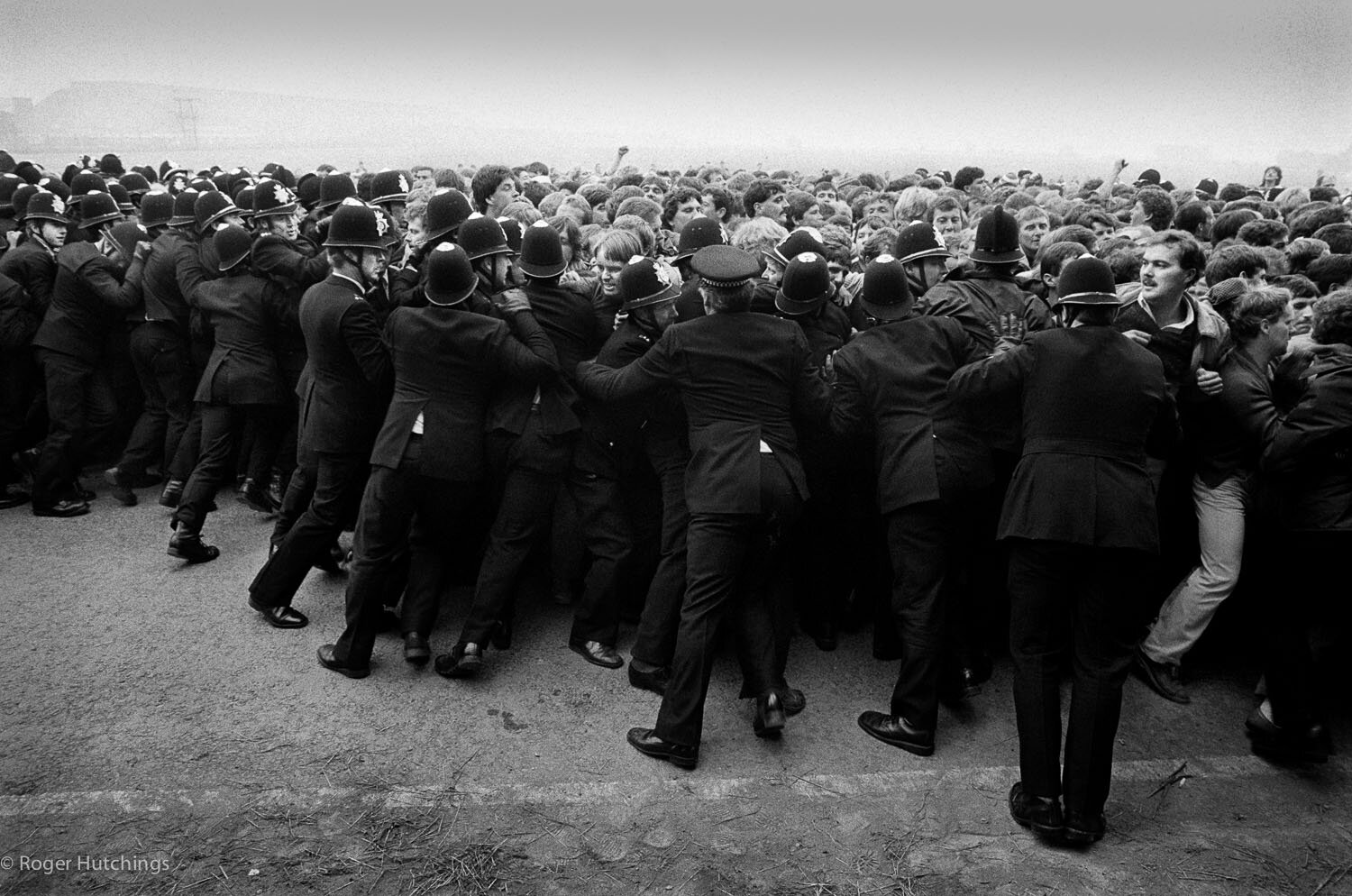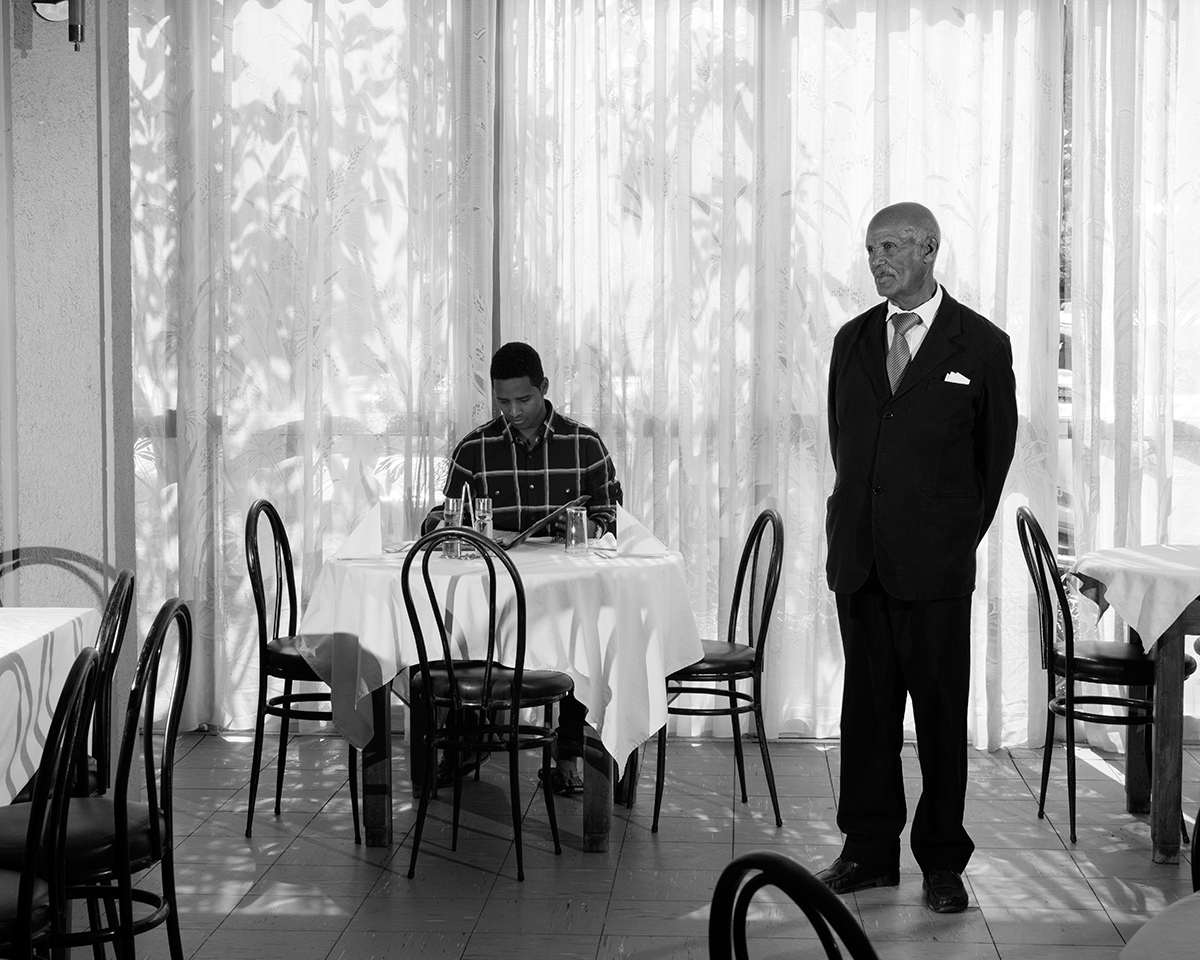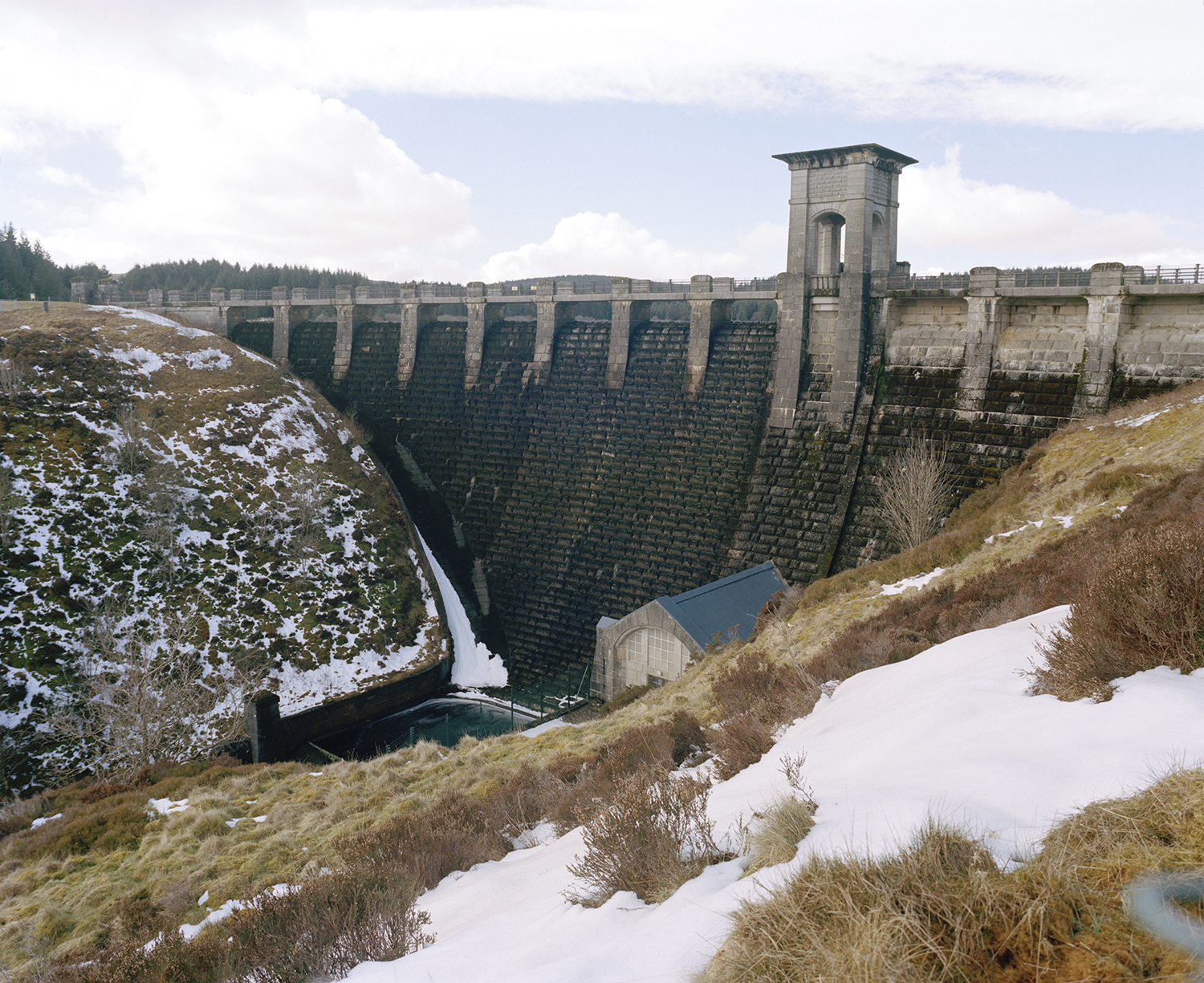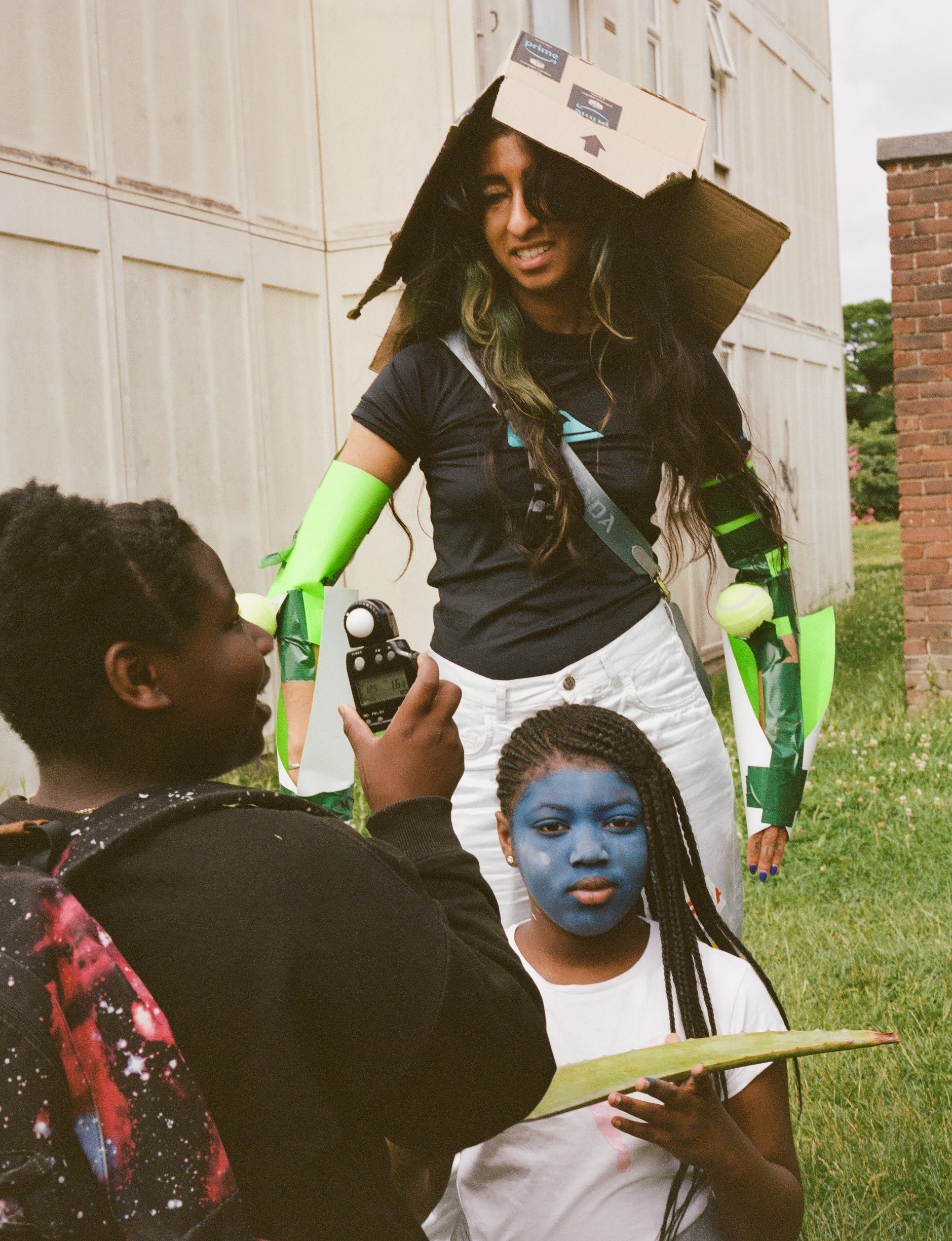Museum of Youth Culture is a non-profit Heritage Lottery & Arts Council funded archive, which preserves the cultural legacies of young people over the past 100 years in Britain through photographs, objects and oral histories. The collection serves to engage and inspire the public, particularly young people, through skills training, talks and workshops. Once located in the former newspaper printing facility Printworks, home to the iconic nightclub of the same name, they have recently been pushed to relocate from Rotherhithe to accommodate plans to turn the venue into office blocks, amid Southwark council’s rapid regeneration of the area. We were lucky enough to visit Museum of Youth Culture and memorialise their Printworks residence just weeks before saying a final goodbye to the space.
Your vast collection spans an impressive 100 years. What are the common themes between the many aspects of youth culture within the archive?
The Museum of Youth Culture’s collections explore the experience of growing up, focusing on the teenage and early 20s years when you start making the transition to adulthood. We often talk about the scenes, styles and social movements forged by young people. It’s a time of gaining independence and one of the most common themes is firsts - from first jobs to first loves, discovering new things on a regular basis. And so many of those moments and discoveries stick with us for the rest of our lives and help shape who we become.
What sets this period of youth-hood apart from adulthood?
Being in your youth you’re starting to get that independence and ability to go about on your own, but you’re not yet bogged down in the responsibilities of adulthood. It gives you much more freedom to do things without thinking about where it leads - it might lead to some stupid decisions but it also allows you to find your scene.
As we grow older, many of us like to spend time revisiting our youth and this period of our lives is romanticised like no other. The feeling of nostalgia is sometimes likened to homesickness, but do you think it has emotional benefits?
There is definitely an element of nostalgia within the stories in our collection. Our Grown Up In Britain campaign invites the public to share with the museum their photographs, objects and memories from being a teenager, and the project is really about people looking back on what was important to them at that time. Looking back can give us a real grounding and help you think about where you’ve come from and what’s next.
During lockdown, you took the Youth Club archive directly to people in care homes. It’s been shown through pairing nurseries with care homes that children who regularly interact with old people benefit from improved reading, social and language skills, whilst the elderly are less likely to suffer from loneliness. What role do you think photography can play in intergenerational care?
At a time when new technologies are creating a chasm, having intergenerational conversations is incredibly powerful in fostering a sense of connection. Photographs are a brilliant starting point for this, as they are a tangible representation of people’s experiences. For older generations and people we’ve worked with in care homes, they may only have a couple of photographs from when they were young and those will hold a really special place. It’s a great starting point for conversations. On the other hand, for young people seeing photographs of teenagers across generations, it can show that whilst society has changed, many of those core experiences and feelings we face as teenagers haven’t really changed at all. It’s easy to forget that our parents and grandparents had their own youth and probably caused their fair share of trouble!
"At a time when new technologies are creating a chasm, having intergenerational conversations is incredibly powerful in fostering a sense of connection."
There are people in every generation who are sure that the culture of their own youth was better and more authentic than that which has come since, whether it’s the flares of the 70s, the synths and strikes of the 80s, the raves of the 90s or the technology of the 00s. What do you think are the benefits of learning from how young people are doing things in the present?
We often get asked whether young people still get up to things or are told that subcultures don’t really exist anymore - but every generation creates their own youth culture in response to the times. I think young people are very acutely aware of the world around them and the BS of adults and will rebel against that - as adults, we can learn from that and check ourselves. Really listening to young people and how they perceive things can give us the opportunity to consider ourselves and our opinions.
On the flip side, every generation should feel a sense of accomplishment; progress has been hard won and our futures are limited unless we’re able to reflect on and learn from the past. We’ve seen a huge shift over the past few years in the way we collectively relate to social issues worldwide. Your archive spans 7 decades of grassroots organising and civil resistance, what role do you think archives can play in informing how we navigate the future?
Collective action and solidarity are so incredibly powerful and bring about real change, and young people are often on the front line. Preserving past protest movements and making those accessible for people to delve into is so important, and looking back at the collective history of protest movements can show the power of grassroots action and how far we’ve come. So many of the things we take for granted were fought for and when you can see that, you can see your work as part of an ongoing tradition. Archives should play an active role in preserving and platforming that history.

What’s your favourite protest image within the archive?
Over lockdown, a photographer got in touch to share his unseen photographs from an early Gay Liberation Front march. Organised by the Youth Wing, it protested against the age of consent, which following decriminalisation was set at 21 for homosexual couples vs 16 for heterosexual couples. It was one of the first LGBTQ+ protests in Britain and there are some incredibly powerful banners and placards in there that speak to the struggles LGBTQ+ youth face. Others take aim at the legislation in a more lighthearted way, and there’s an incredible photograph of a young woman holding up a placard that reads ‘Why wank for five years?’ It has real humour but also shows the absurdity of these laws and the injustices they create. This year marks 50 years since the first Pride march in 1972, so it's good to reflect on the beginnings and everything the Gay Liberation Front stood for.
The first social media site was created 25 years ago and since then, many aspects of our lives have become unrecognisable. In what ways have you seen youth culture shift with the rise of the internet?
I’d argue that things haven’t become unrecognisable, just taken on new dimensions. I see social media as a continuation of previous forms of communication, like finding a pen pal in the back pages of NME to discuss your favourite artists and bands with. Being a teenager is all about exploring and making new connections, and the internet has enabled young people to reach further than ever before. I was an awkward Emo teenager living in a small town and using MySpace opened up my world.
There are of course downfalls with social media, the effect it's having on mental health and the fact that these crucial tools of communication are in the hands of a few for-profit companies that don’t care about our mental health. But I do believe that at its best, the internet enables young people to connect and discover.

A lot of social venues have been forced to close over the past decade and the pandemic has acted as a catalyst for the attack on the Arts. However, periods of such adversity have historically been followed by booms of creativity. What role do you think archives can play in rebuilding lost culture?
We talk about the archive, and particularly the photographs submitted by the public, as a collective memory of being young. It links movements and generations through shared experiences and builds those bridges. Culture is often at the heart of that, whether it is people talking about their favourite venue, what they wore or how they expressed themselves.
For us, we approach our archive and collecting practices as an extension of those experiences; constantly evolving and growing, and actively seeking out new stories. Speaking to people across the UK and posing that simple question of “what it was like to be young?”, we can collect and platform often untold stories and consider the important role the arts have played across the generations. It can help us remember how special those times are, or what has been lost since, or inspire younger generations to know that what they’re getting up to is a part of the long tradition of teenage creativity.
Music is one thing that never fails to unify a room full of people and you have a huge collection of iconic music photographs to attest to this (Normski’s images of Rakim, Salt-N-Pepa and Ice Cube are just a few of the 35mm slides we got to look through). What are 2 of your favourite music images within the collection?
Music is the thing that gets brought up the most when we speak to people as part of Grown up in Britain - they speak about the first record they bought, the gig that blew their mind and how most of their friends (and often their partner) came together through music.
We have some amazing music photography in the archive, from music legends to those that didn’t make it past the local pub. They all speak to the evocative power of music to bring people together. For me, my favourite music photographs are looking at the crowd instead, their pure energy and excitement. One is a Normski shot, taken from the stage at a Grandmaster Flash gig at Dingwalls and it’s of the pure craziness of the crowd, bum-rushing the stage. The other is one of my favourite photographs in the archive, taken by Rebecca Lewis at Ozzfest 2001 in Milton Keynes Bowl. It’s a portrait of a teenage girl, wearing her Slipknot tee and huge baggy trousers looking pretty miserable that she’s about to see her favourite band, and it is totally what I was like at that age (in probably the same outfit). It could be her first festival and for me, it captures the anxiety and excitement of that age, yet not wanting anything to do with adults.
I could name many more though, difficult call!
Are there any long-term patterns you’ve noticed appearing whilst compiling the archive and viewing it as a whole?
The archive and the stories within it never fail to inspire me! We’re actively collecting new stories and are always discovering untold ones in the depths of our collections. The story of youth culture often gets told through subculture movements and in quite a structured chronological way, but the reality of youth culture is much more fluid. So many movements are connected, borrowing from each other or the past and reacting to the adult world. We often hear that young people don’t do anything original anymore, but young people are always responding to the times and creating their own culture, whether they are forging new movements or reimagining old ones. Young people are always at the forefront of new technologies and social justice movements, they have a real acute awareness of where the world is moving. That energy will never go away!
Based on this, do you have any predictions for the coming years?
There have been some interesting discussions around the idea of another Roaring Twenties following on from the lockdown. Definitely, lockdown saw lots of exciting new music being released, as well as new takes on old sounds, that are now finding audiences. The lockdown also saw young people talking about social issues, from the huge Black Lives Matter, Extinction Rebellion and Trans rights protests to teenagers being more vocal than ever before on mental health.
Are there any areas in which you’re currently looking to grow your archive and how can people get involved?
The whole ethos of the Museum of Youth Culture is that this is a museum that everyone can be part of. Our Grown Up In Britain campaign asks people to share their stories and photographs to be part of our collections. We’ve got a really simple online form where people can share their stories with us on our website.
An area that we’re interested in delving into for the first time this year is how we can go about archiving digital youth culture. Online communities, from early 2000s music forums to TikTok teens today, form a huge part of young people’s lives, but how can we as a museum best represent that? Any ideas, give us a shout!
Our first major museum exhibition, Grown Up In Britain: 100 Years of Teenage Kicks, opened on July 1st this year at the Herbert in Coventry. It delves into a century of youth culture stories, through photographs, ephemera and objects from our collections. As with anything we do, it will be an evolving exhibition, so there will be plenty of opportunities to get involved and share your story.








